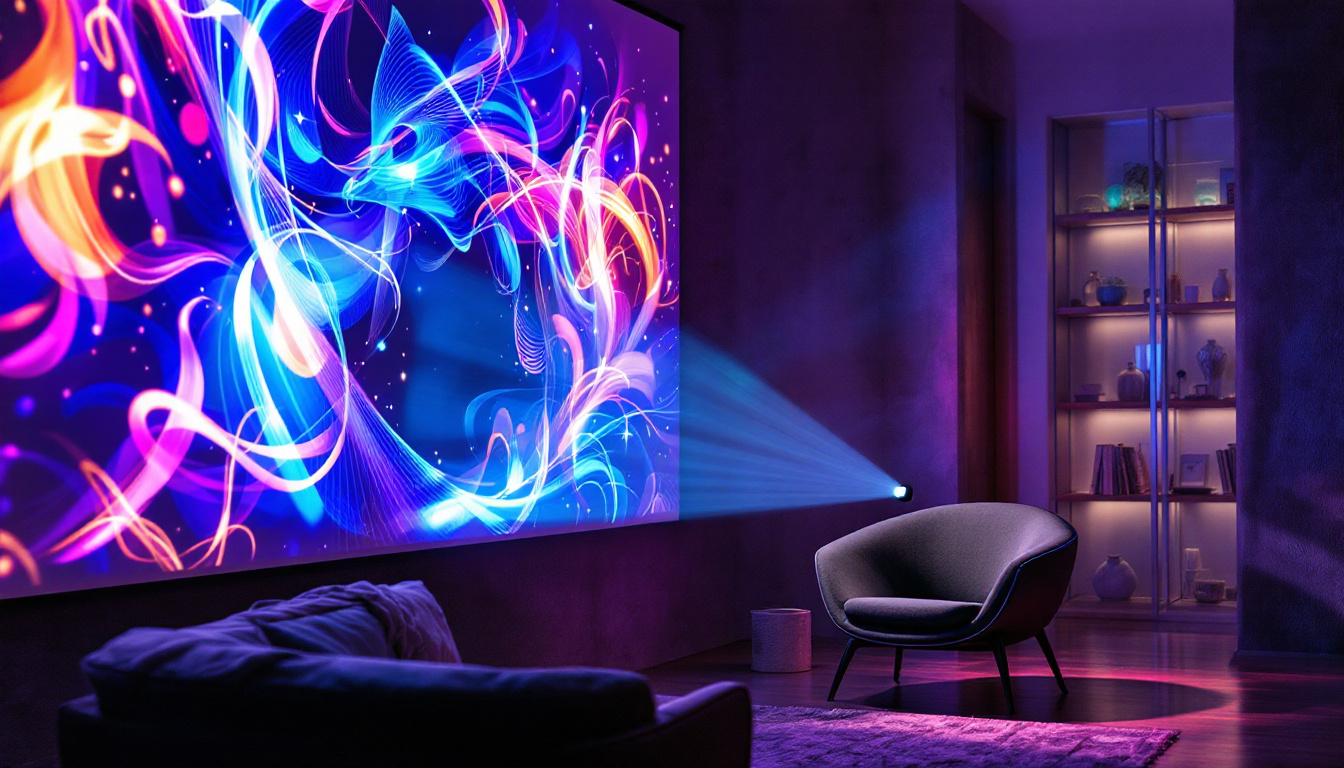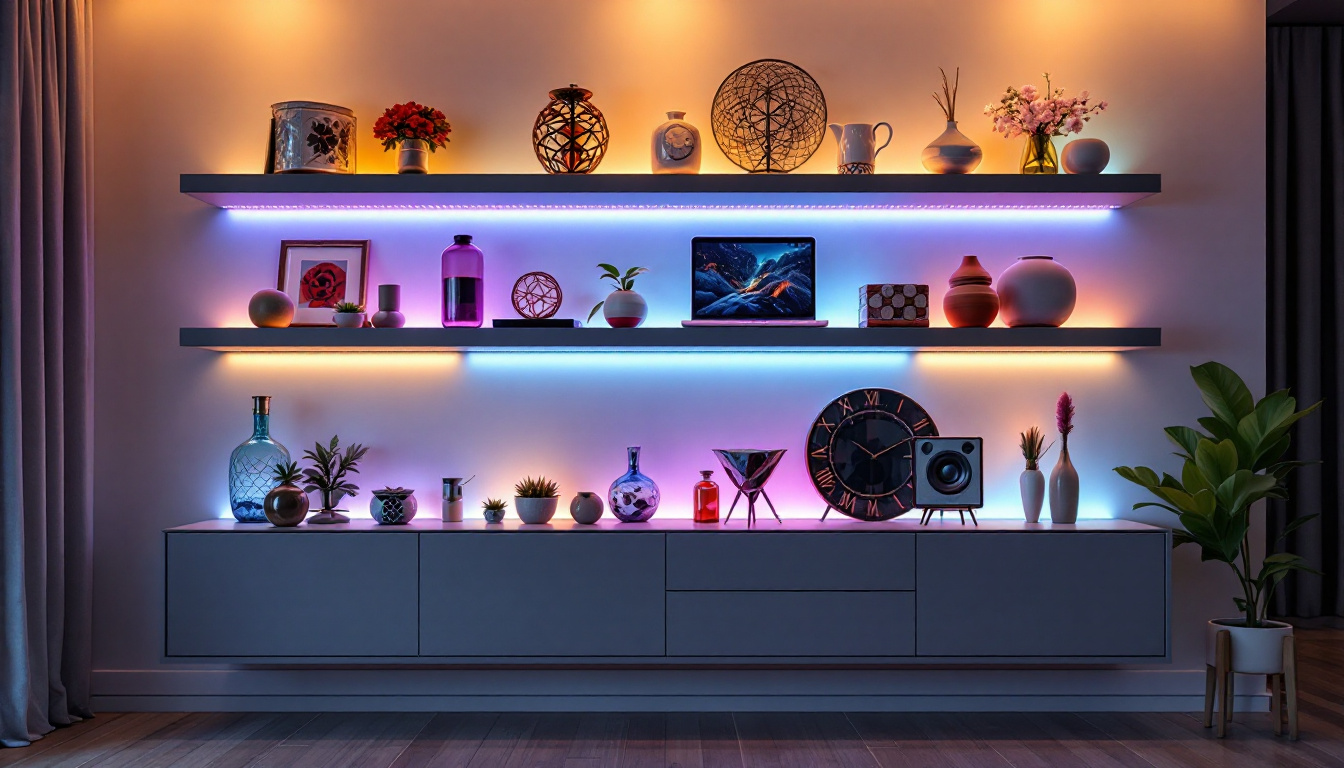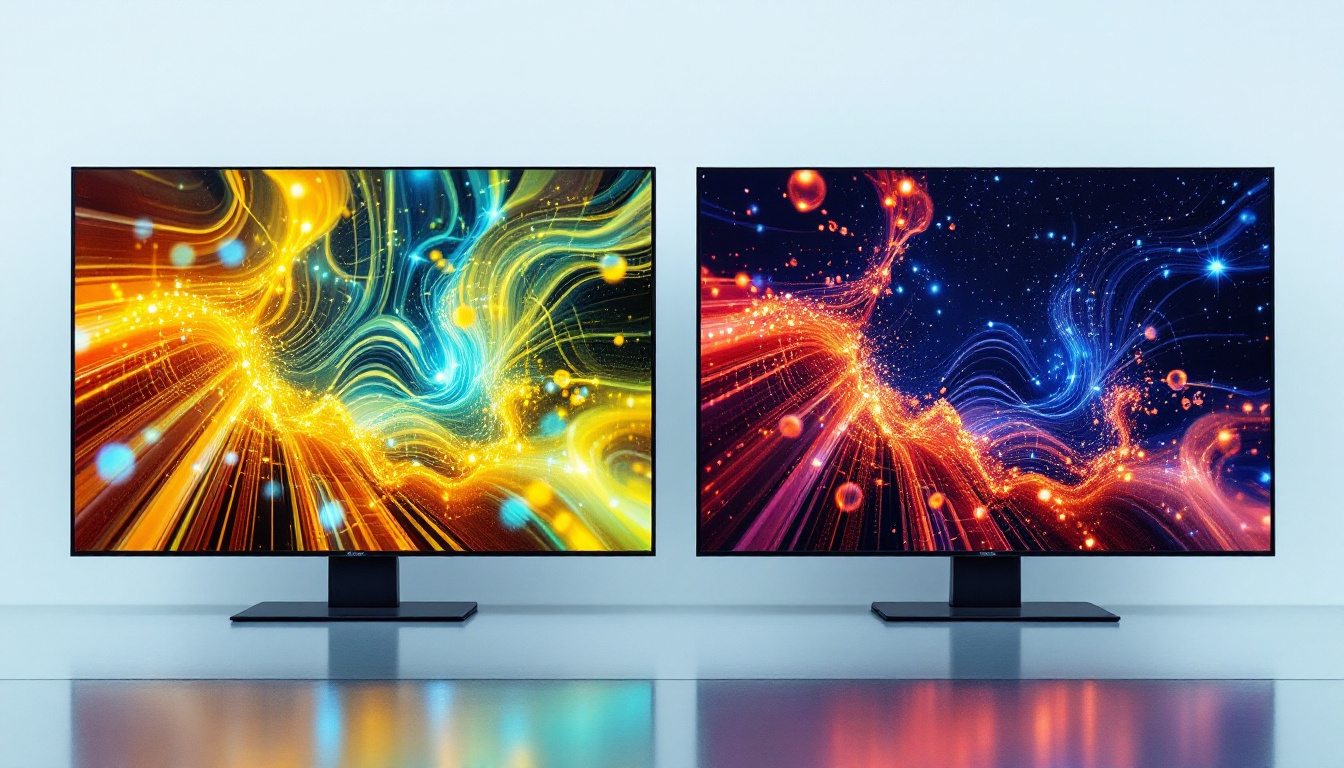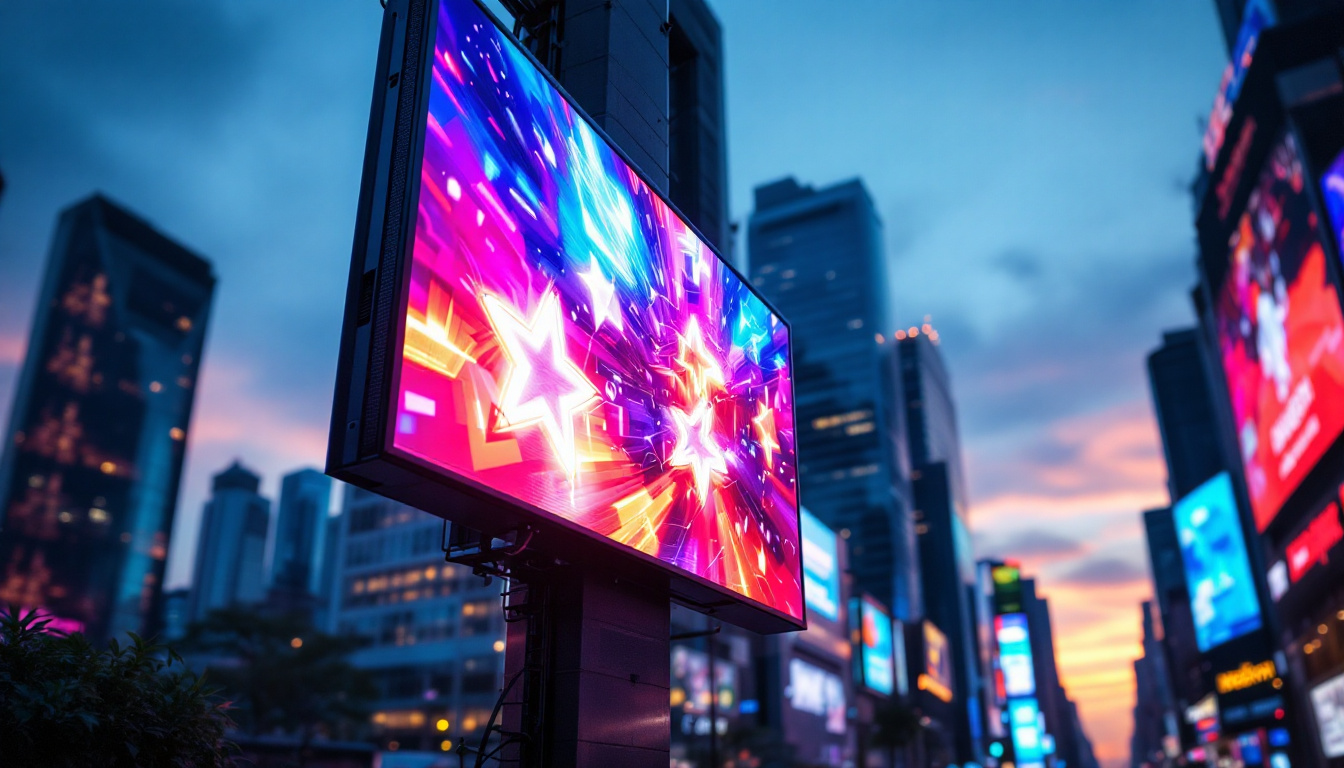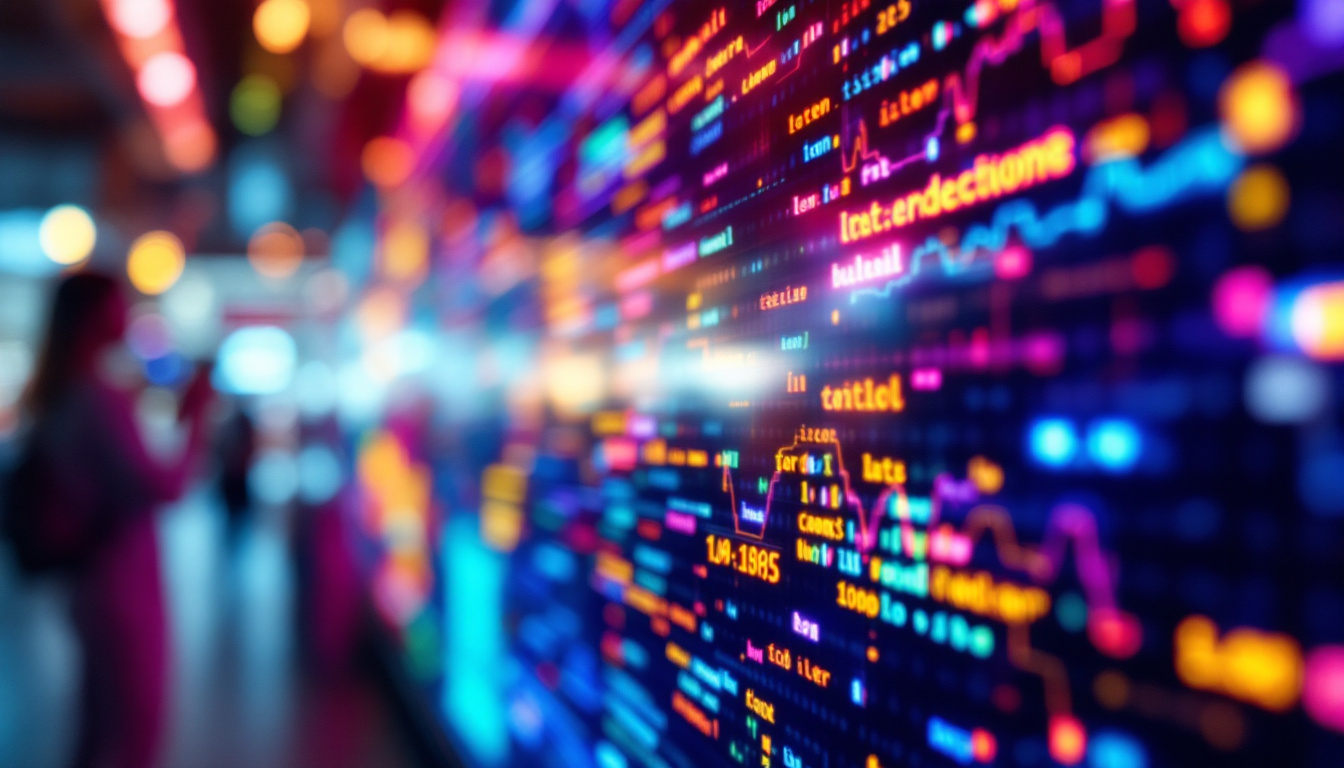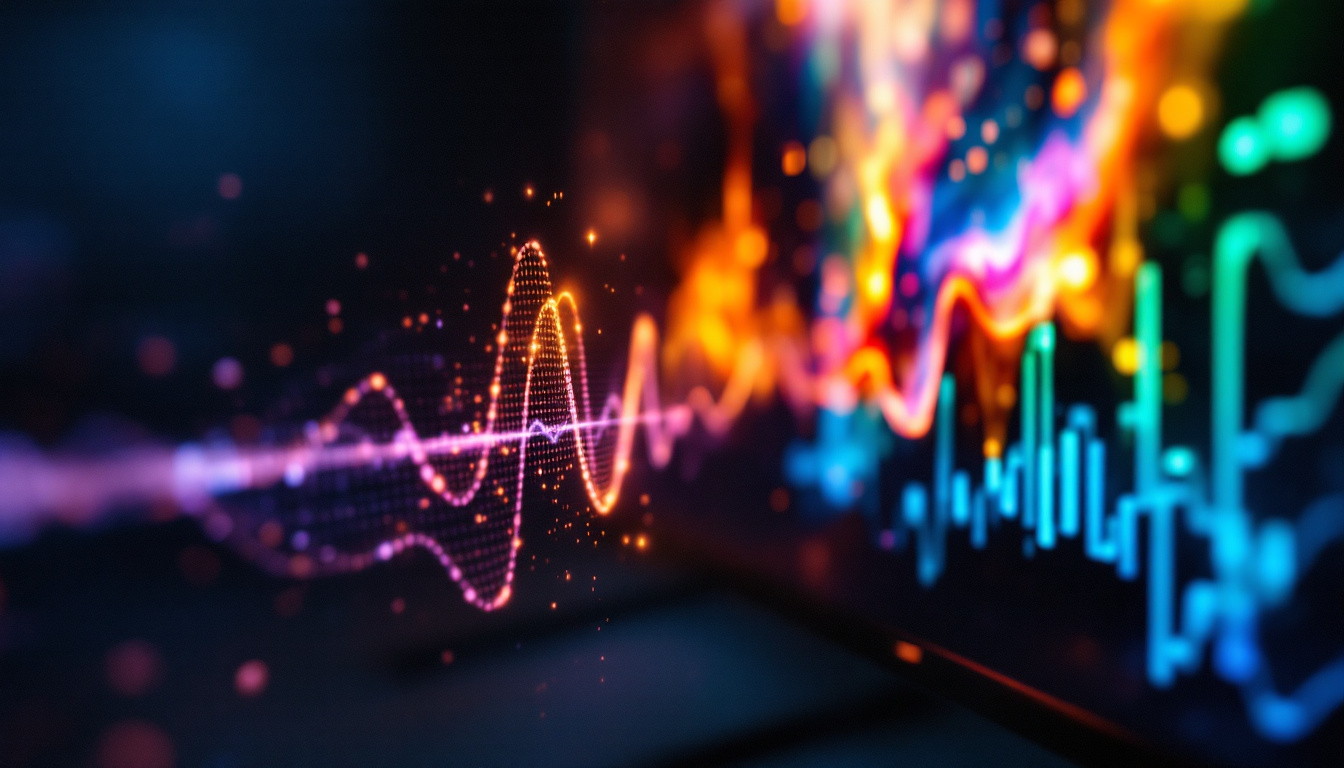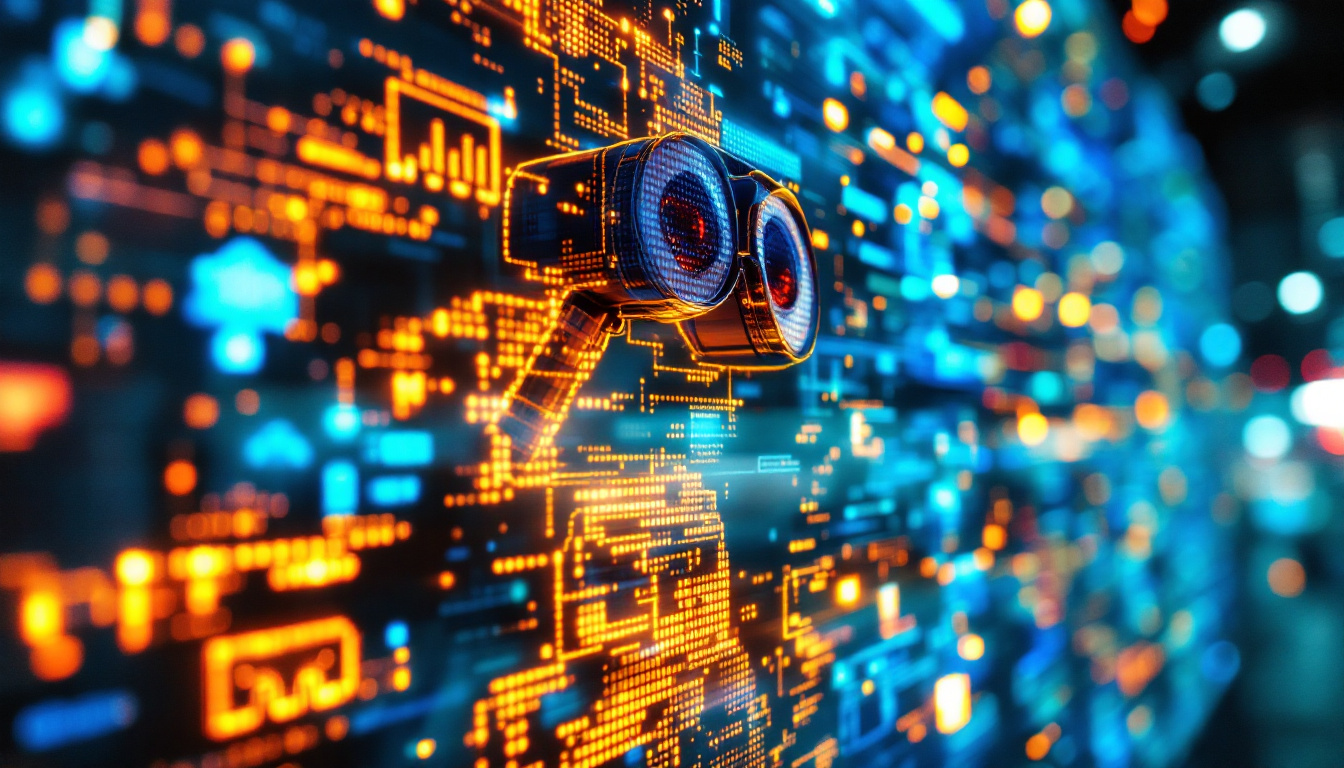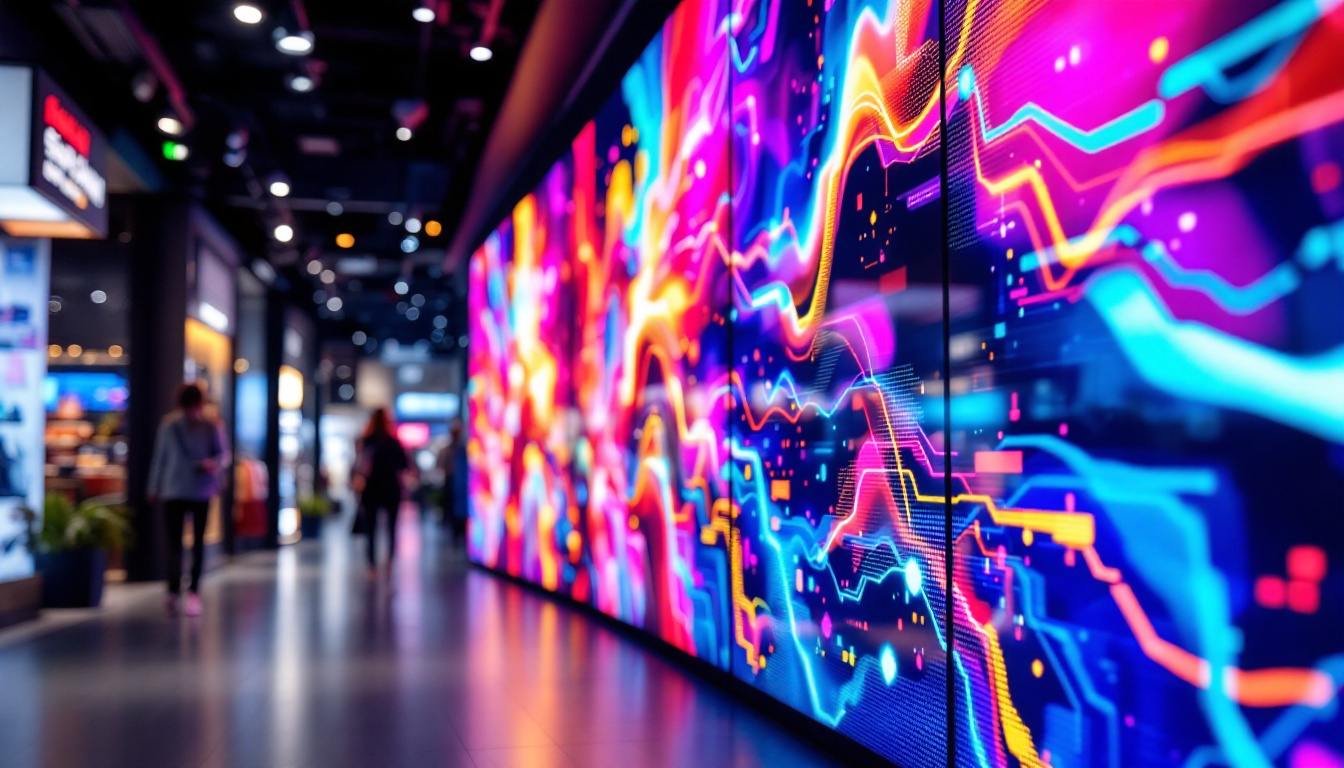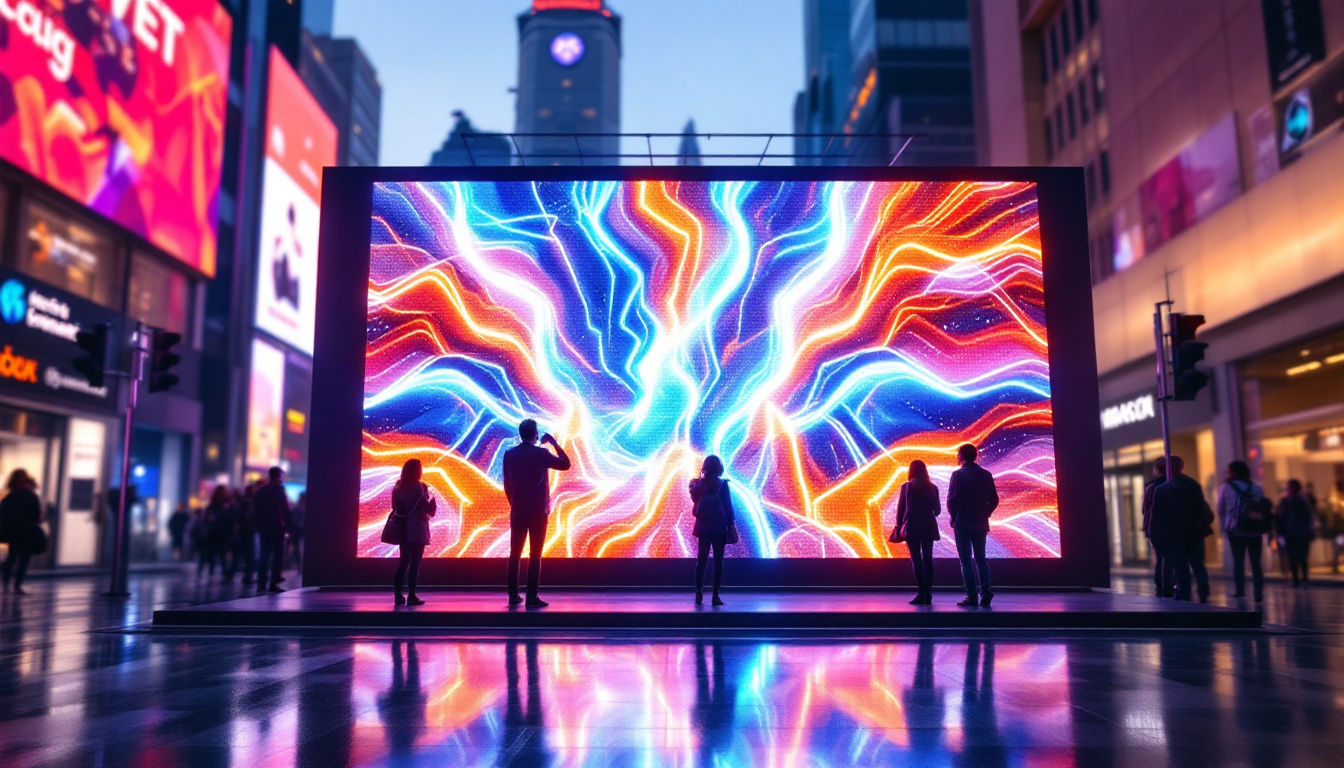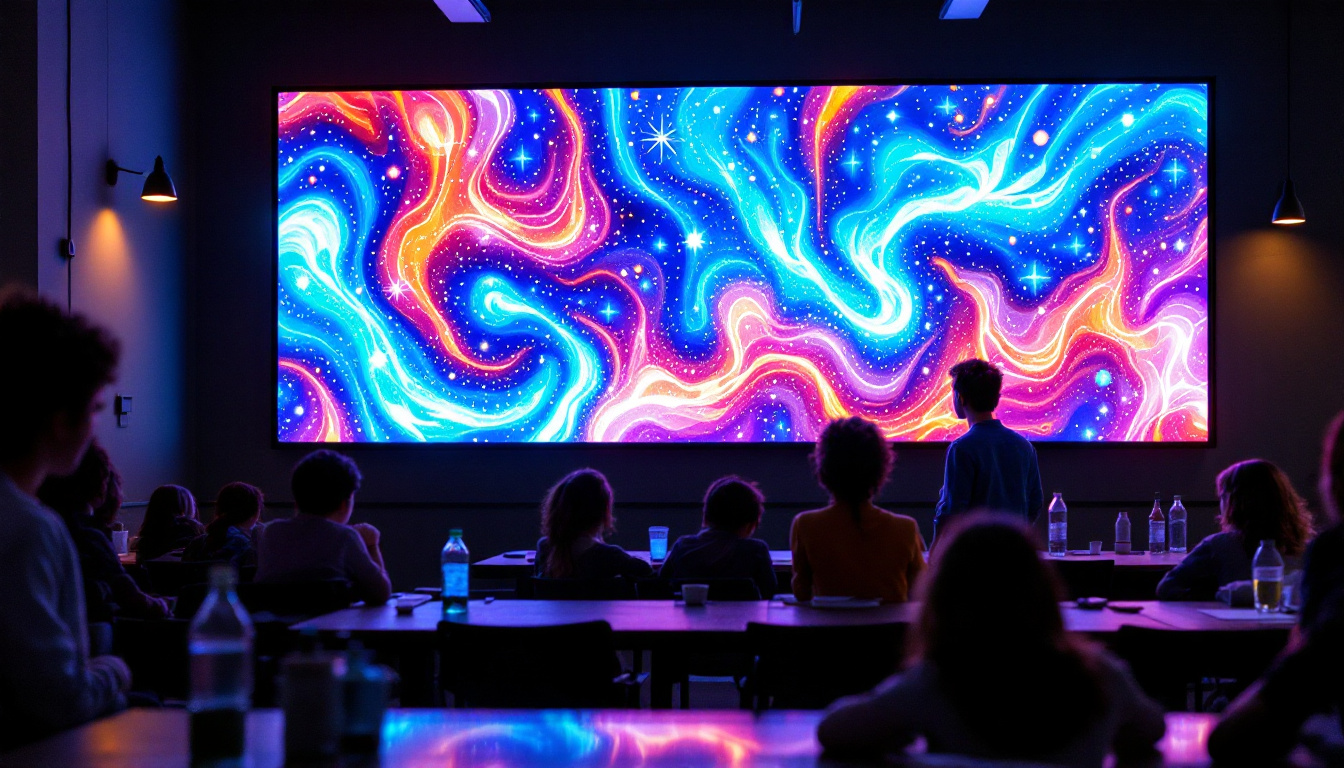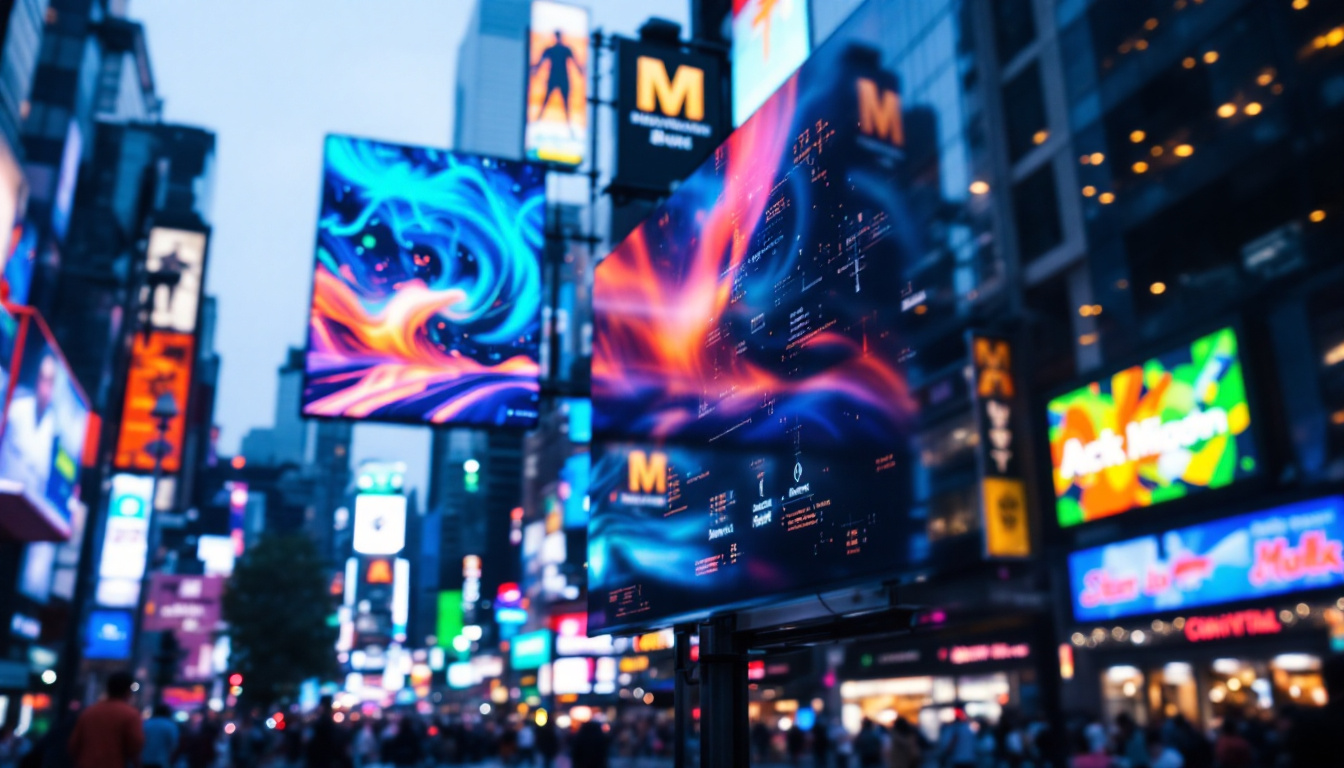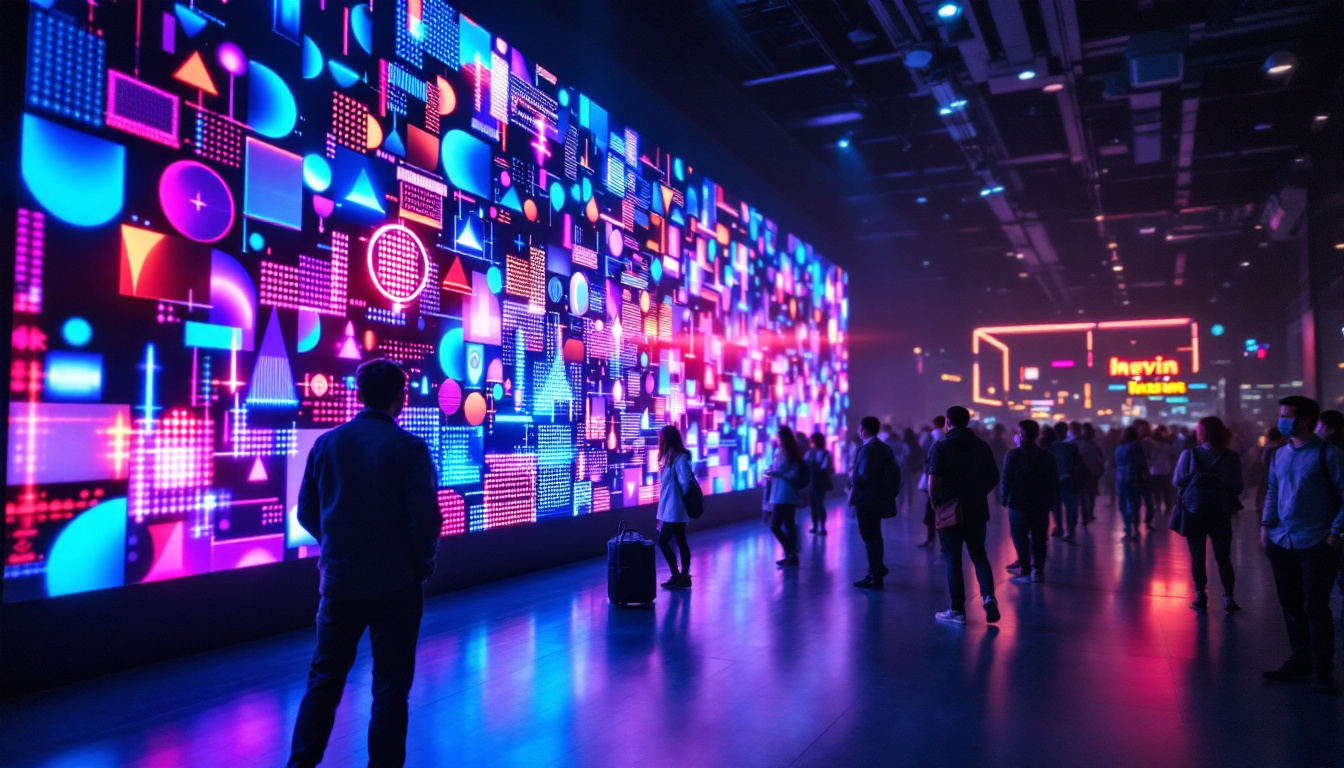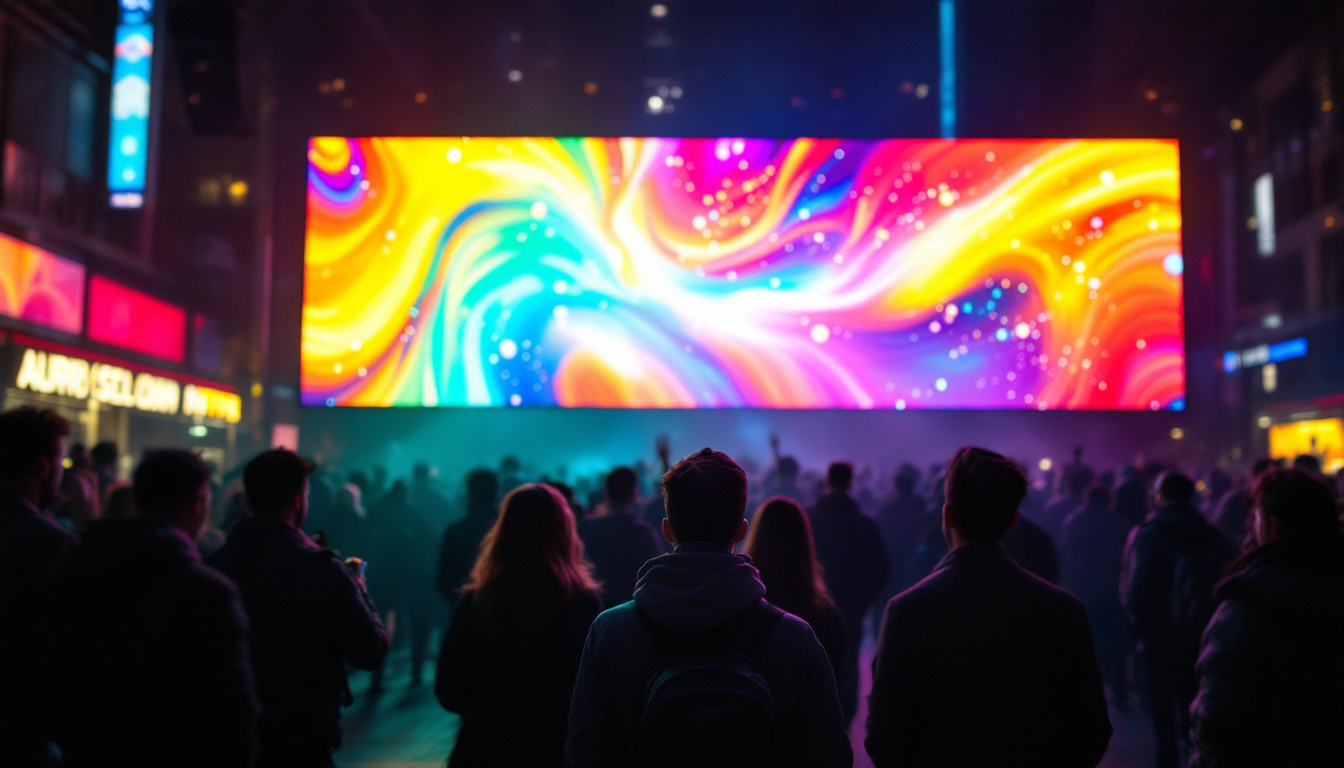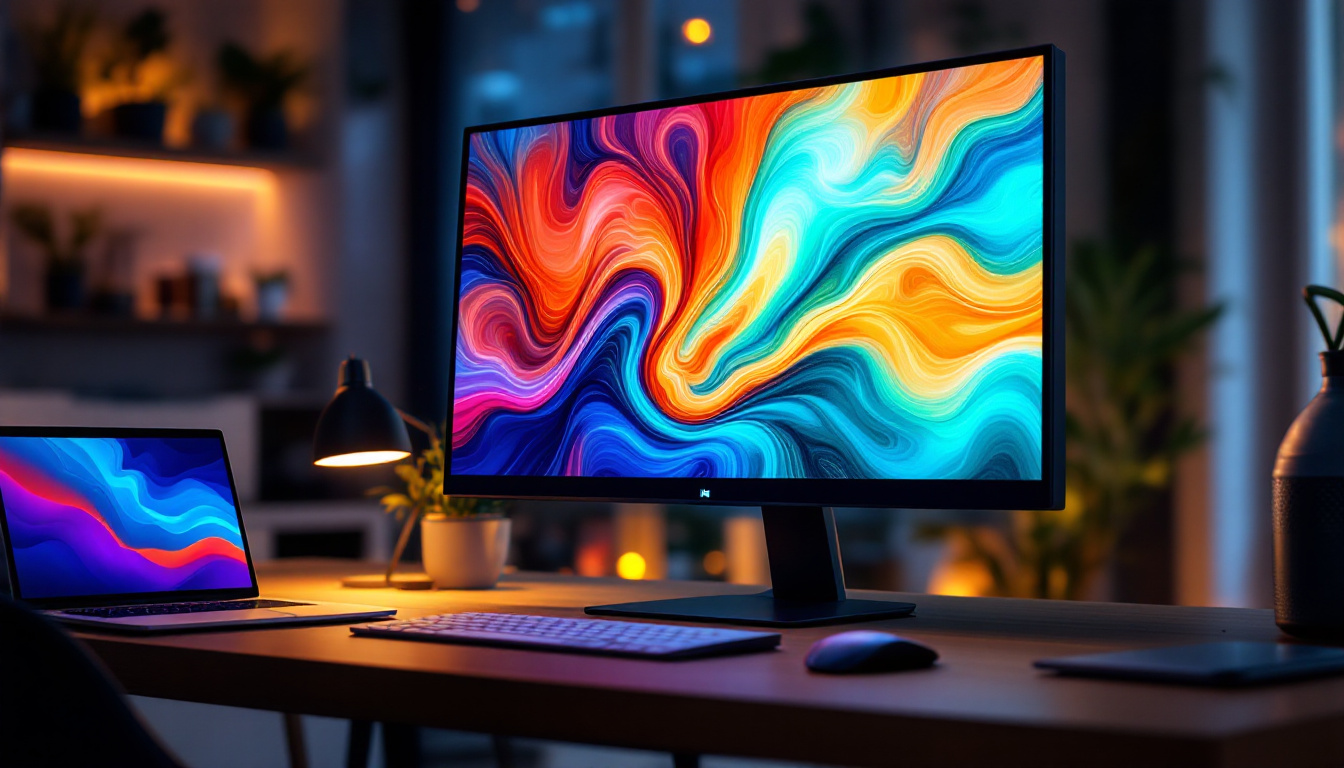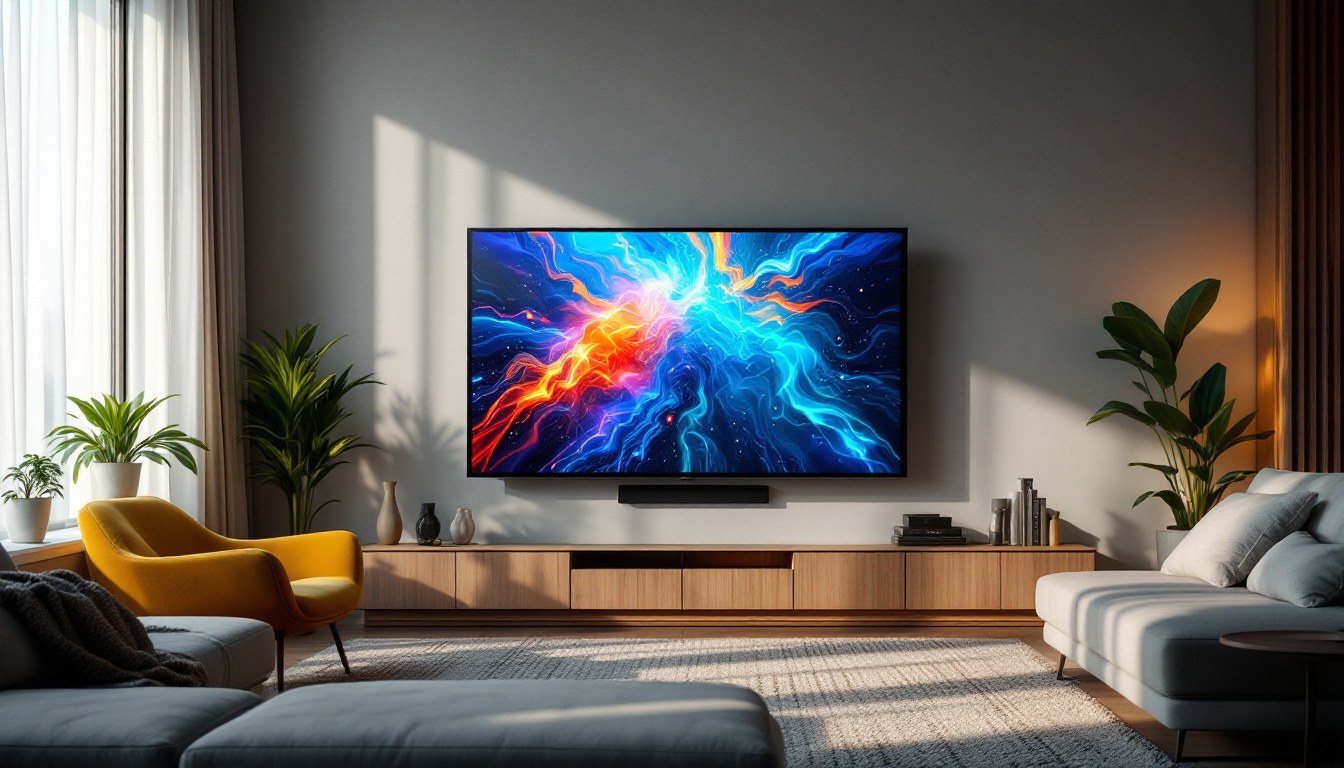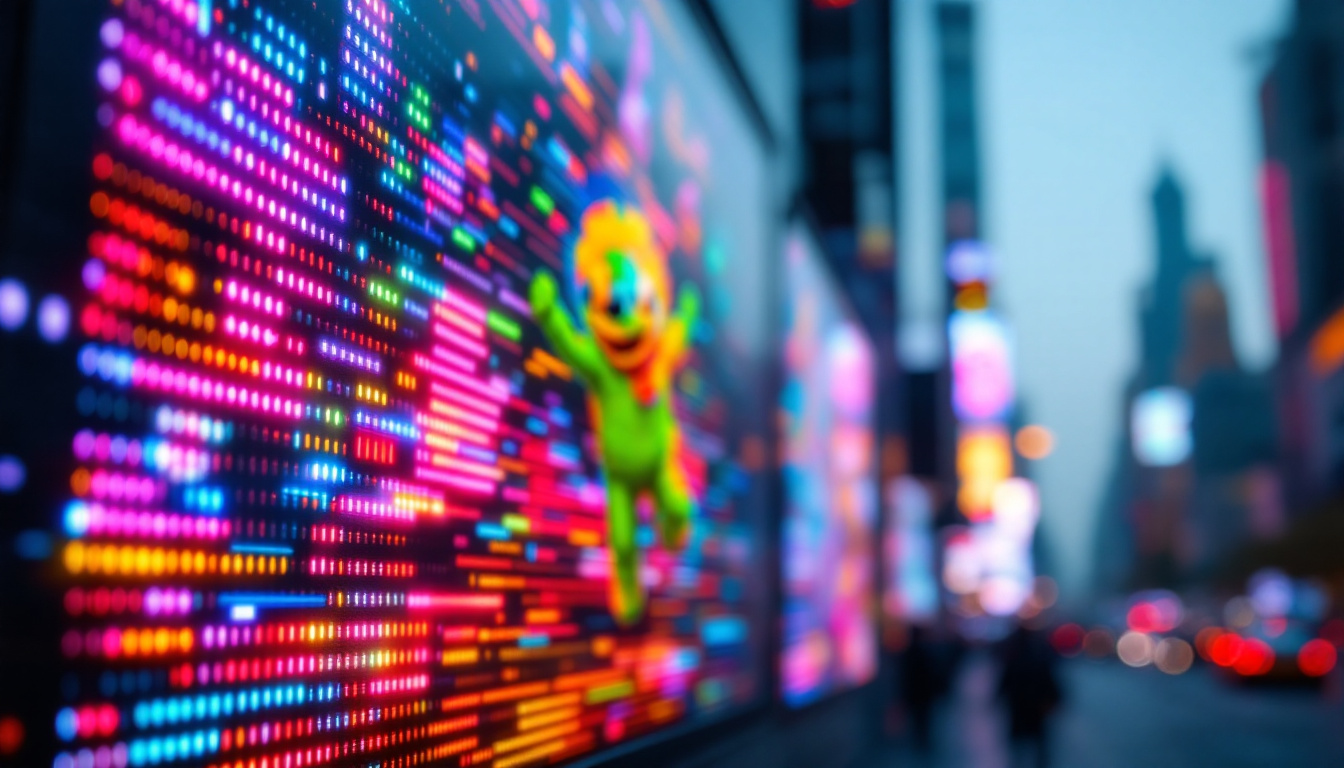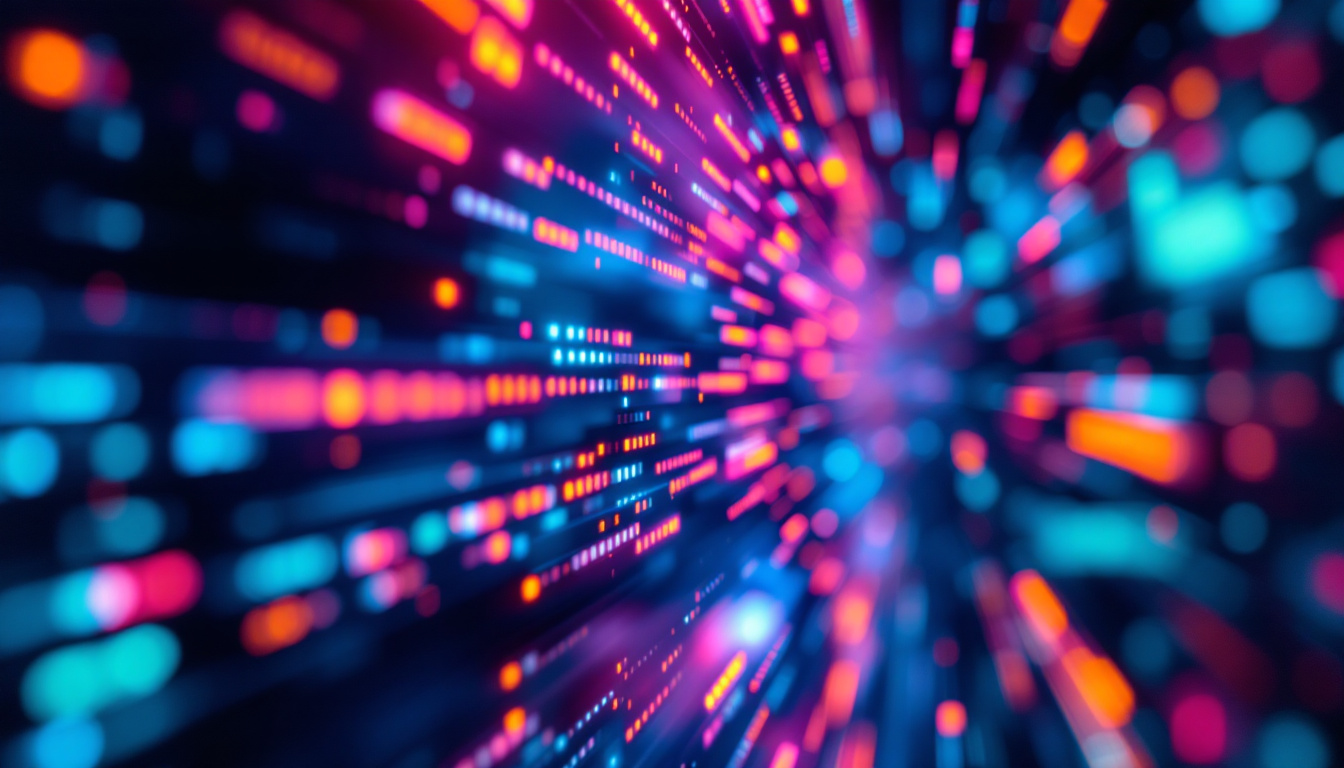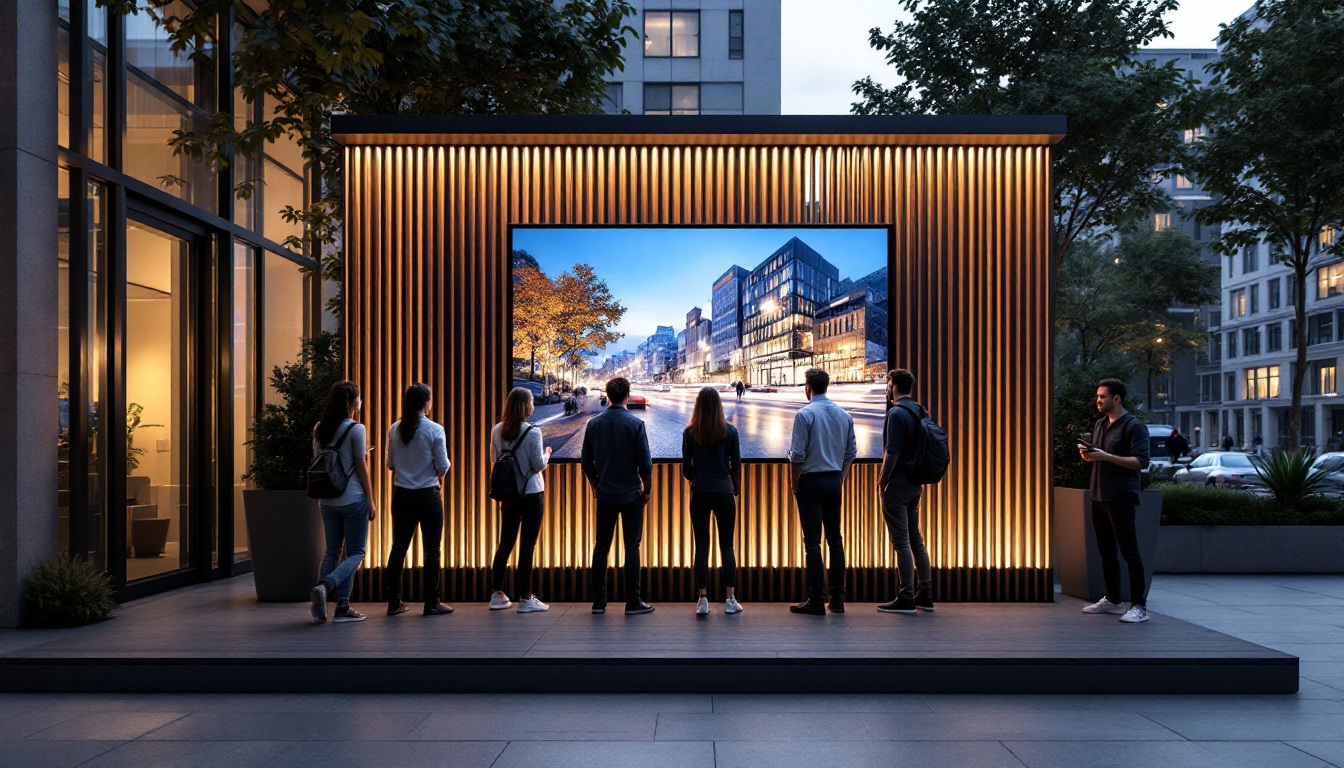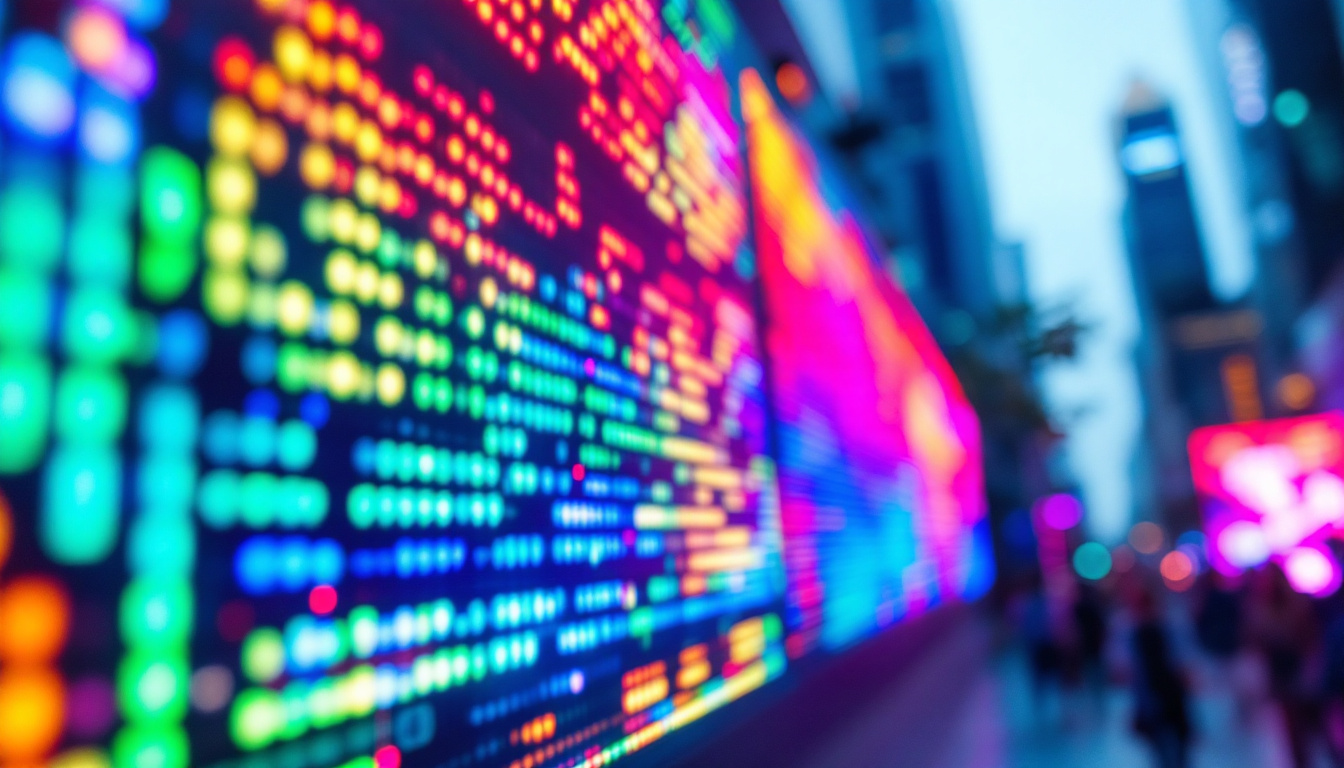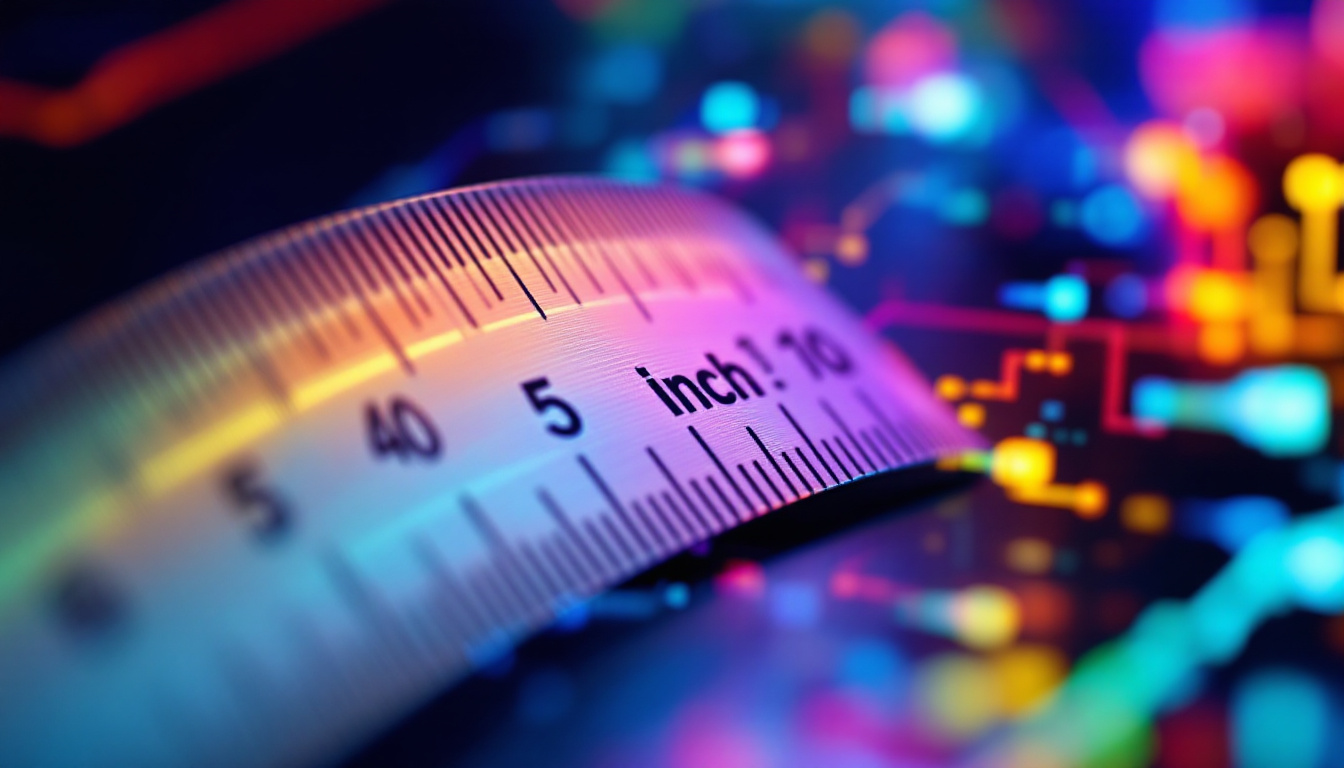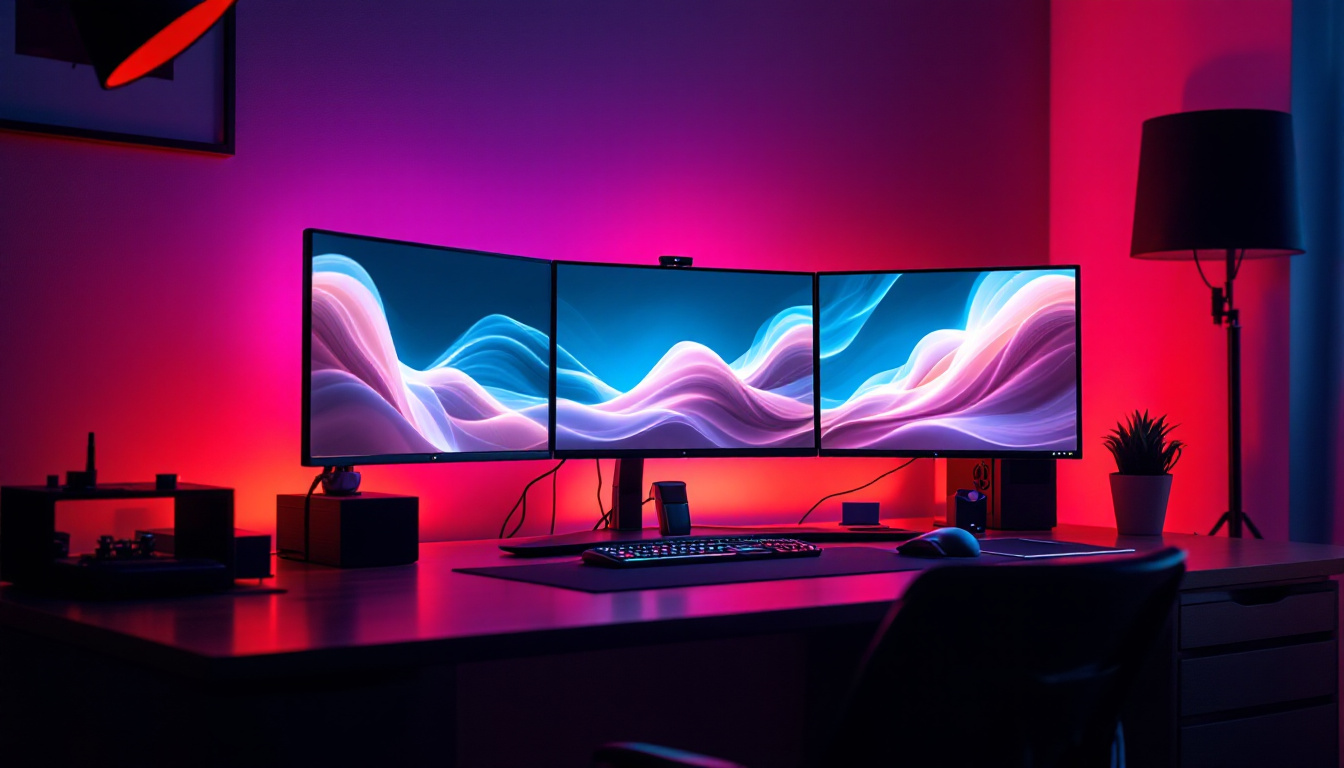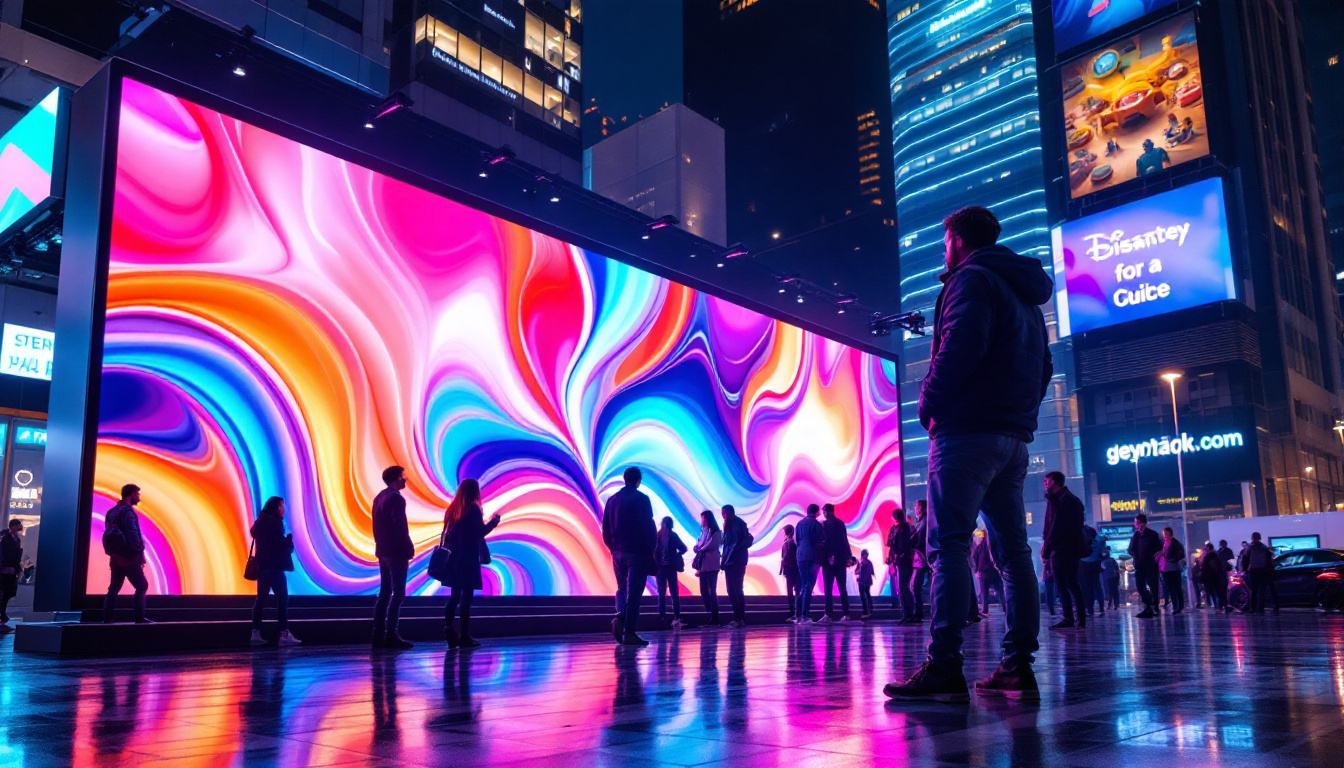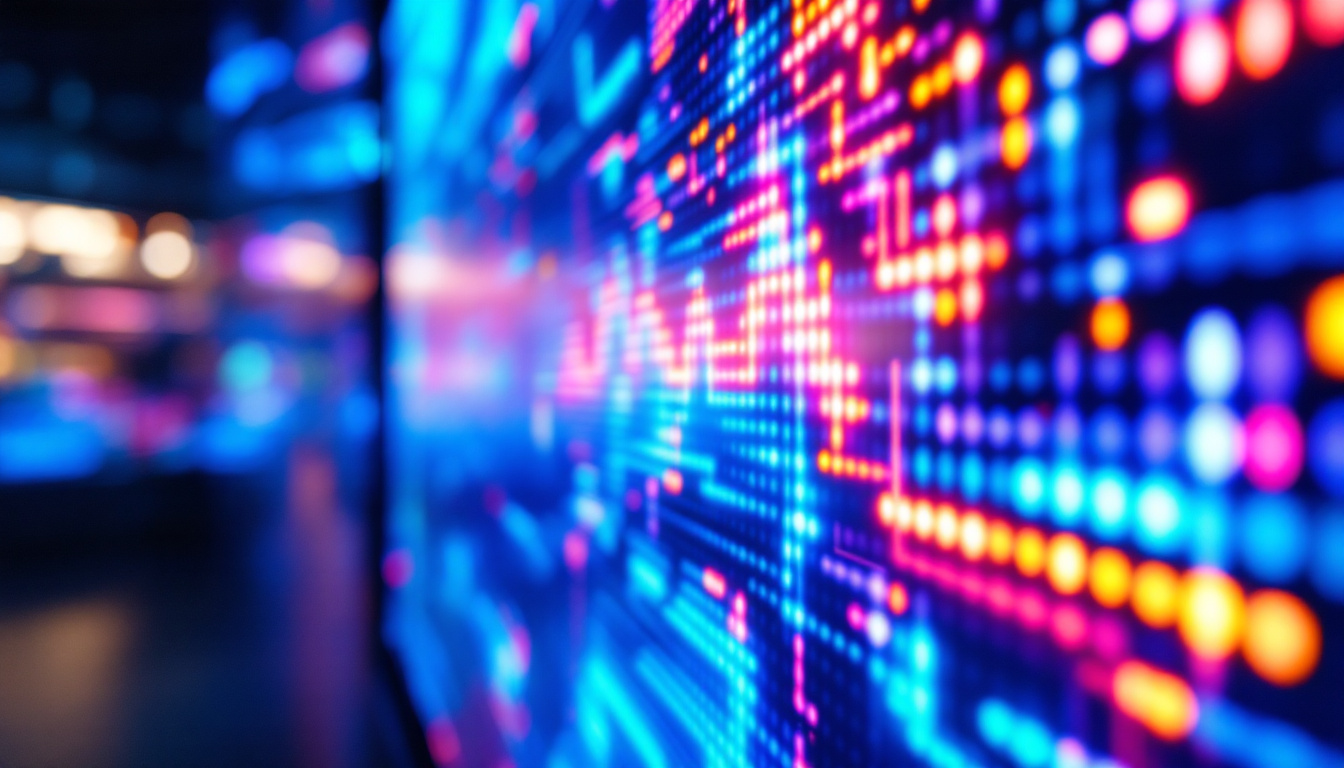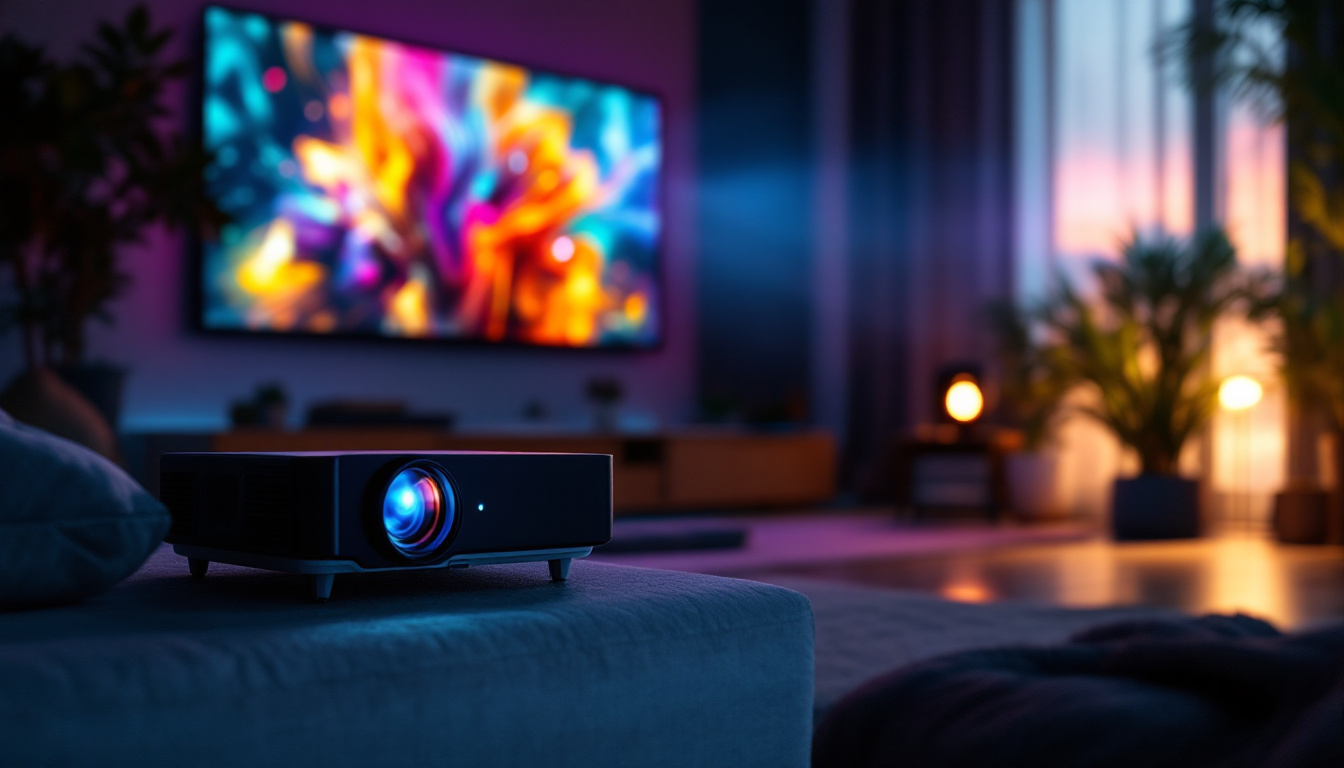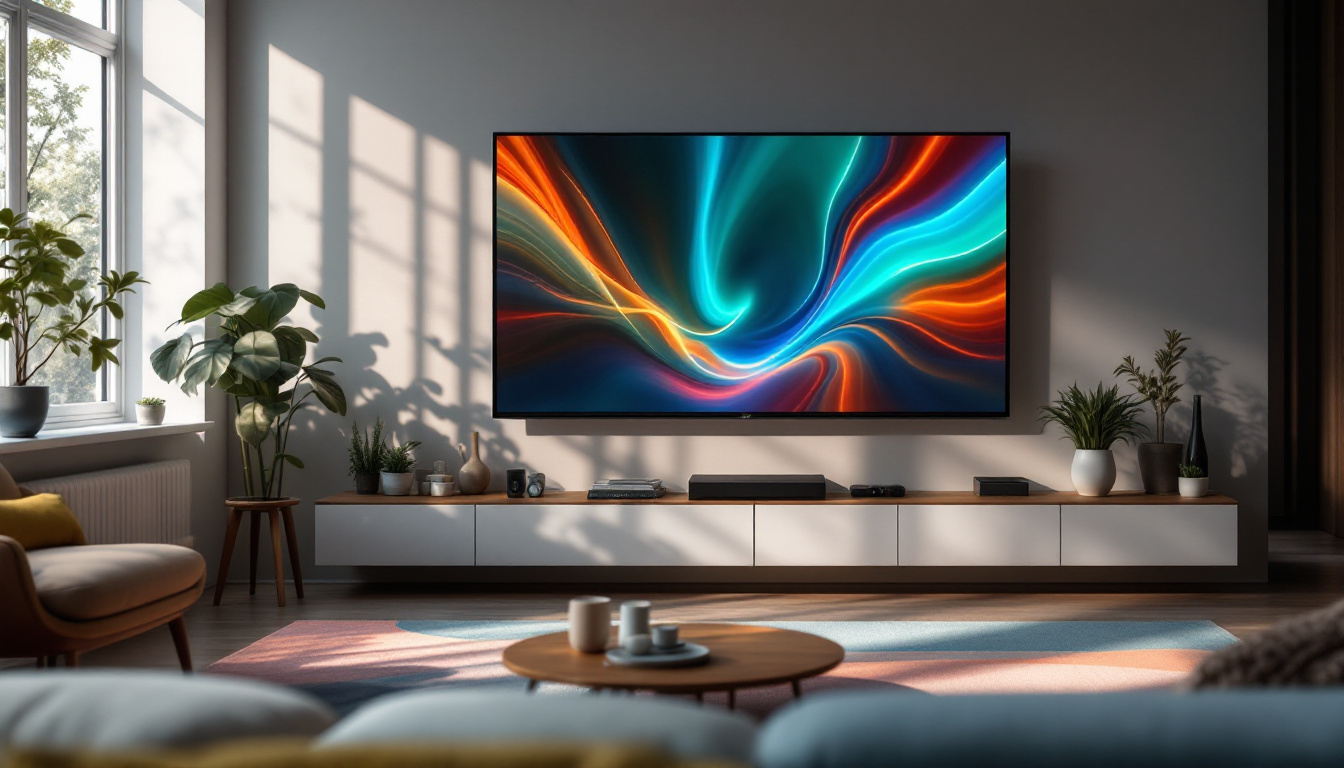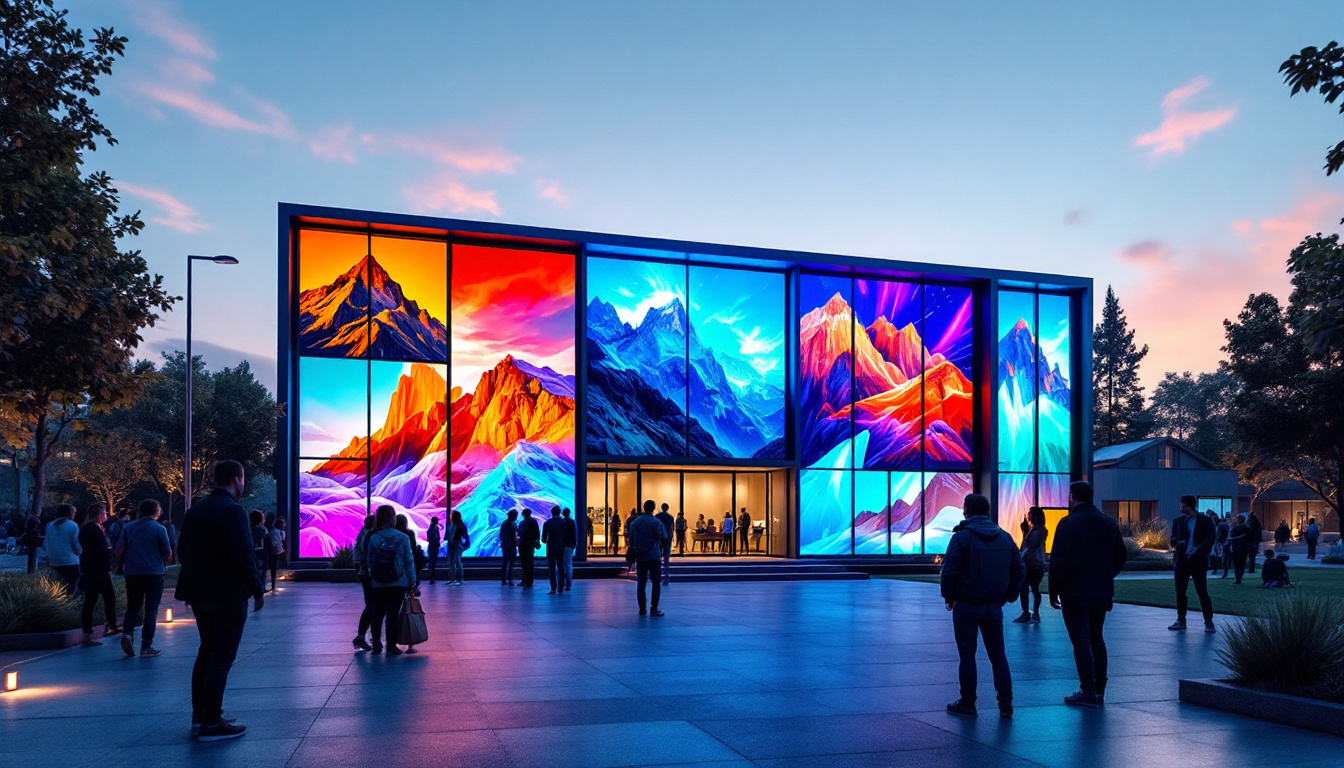In today’s digital age, the need for privacy and security has become paramount, especially in professional environments. As remote work and flexible office arrangements gain traction, the demand for monitors that not only deliver high-quality visuals but also protect sensitive information is on the rise. Enter the monitor with a privacy screen, an innovative solution that combines LED display technology with privacy features. This article delves into the intricacies of monitors with privacy screens, exploring their functionality, benefits, and applications in various settings.
Understanding LED Displays
LED (Light Emitting Diode) displays have revolutionized the way we interact with screens. They are known for their vibrant colors, high contrast ratios, and energy efficiency. But what exactly makes LED displays stand out in the crowded market of computer monitors?
How LED Technology Works
LED displays utilize a series of tiny light-emitting diodes to create images. Unlike traditional LCD monitors that rely on backlighting, LED screens use these diodes to produce light directly. This results in deeper blacks and brighter whites, giving users a more immersive viewing experience.
Moreover, LED technology allows for thinner and lighter monitors, making them ideal for both home and office settings. The reduced energy consumption also contributes to lower electricity bills and a smaller carbon footprint, aligning with the growing trend towards sustainability.
In addition to these advantages, LED displays can also support a wider color gamut, which means they can reproduce a broader spectrum of colors. This feature is particularly important for industries such as film and television, where color grading is crucial. The ability to display more shades and hues enhances the overall visual quality, making LED displays a preferred choice for professionals who demand precision in color representation.
Benefits of LED Displays
One of the most significant advantages of LED displays is their superior color accuracy. This is particularly beneficial for graphic designers, photographers, and anyone who requires precise color representation. Additionally, LED monitors often boast faster response times, which is crucial for gamers and video editors who need seamless visuals.
Furthermore, LED displays are known for their longevity. With a lifespan that can exceed 50,000 hours, users can expect their investment to last for years, reducing the need for frequent replacements. This durability is complemented by the fact that LED technology is less susceptible to burn-in issues that can plague other types of displays, such as OLEDs. As a result, users can enjoy consistent performance over time, making LED displays a reliable choice for both casual and professional use.
Another noteworthy benefit is the versatility of LED displays in various environments. They can be found in a multitude of applications, from large outdoor billboards to compact monitors for personal use. The adaptability of LED technology allows it to cater to different needs, whether it’s for high-brightness settings in direct sunlight or for low-light environments where subtlety is key. This flexibility ensures that LED displays continue to be at the forefront of display technology, meeting the demands of an ever-evolving digital landscape.
The Importance of Privacy Screens
As the workplace becomes increasingly digital, the risk of unauthorized viewing of sensitive information has escalated. Privacy screens are designed to mitigate this risk by limiting the viewing angles of a monitor, ensuring that only the person directly in front of the screen can see the content clearly.
How Privacy Screens Work
Privacy screens are typically made of a special filter that is applied to the surface of the monitor. This filter is engineered to block light from angles outside a specified range, effectively narrowing the viewing angle. As a result, anyone attempting to glance at the screen from the side will see a darkened or distorted image, thus protecting the user’s confidential information.
These screens can be either removable or built directly into the monitor. Removable privacy filters offer versatility, allowing users to attach or detach them based on their needs. In contrast, monitors with integrated privacy screens provide a sleek, all-in-one solution that eliminates the hassle of additional accessories. The choice between these options often depends on individual work habits and the specific environment in which the monitor is used, making it essential for users to assess their unique circumstances when selecting a privacy solution.
Benefits of Using a Privacy Screen
The primary benefit of using a privacy screen is enhanced security. In open office environments or public spaces, the risk of prying eyes is significant. A privacy screen helps to safeguard sensitive data, making it an essential tool for professionals in fields such as finance, healthcare, and legal services.
In addition to security, privacy screens can also reduce eye strain. By minimizing glare and reflections, users can enjoy a more comfortable viewing experience, which is particularly important for those who spend long hours in front of their monitors. Furthermore, many privacy screens are designed with anti-blue light technology, which can help reduce the risk of digital eye fatigue and improve overall visual comfort. This added feature is becoming increasingly relevant as more employees work remotely or in hybrid settings, where prolonged screen time has become the norm.
Moreover, privacy screens can enhance productivity by allowing employees to focus better on their tasks without the distraction of onlookers. In a world where multitasking is often encouraged, the ability to concentrate on sensitive projects without fear of being interrupted or observed can lead to higher quality work and improved efficiency. This is particularly beneficial in collaborative environments where team members may need to share information without compromising confidentiality. As such, investing in privacy screens not only protects sensitive data but also fosters a more productive workplace culture.
Combining LED Displays with Privacy Screens
When LED display technology is combined with privacy screens, the result is a powerful tool that addresses both visual quality and security concerns. This combination is particularly beneficial for professionals who require high-performance displays while also needing to protect sensitive information.
Applications in the Workplace
Monitors with privacy screens are increasingly being adopted in various industries. In corporate settings, employees working with confidential documents can benefit from the added layer of security. This is especially true for roles that involve handling personal data, proprietary information, or financial records.
In healthcare, professionals often deal with sensitive patient information. A monitor with a privacy screen ensures that data remains confidential, even in shared spaces like clinics or hospitals. This not only protects patient privacy but also helps healthcare providers comply with regulations such as HIPAA.
Use in Public Spaces
Public spaces such as libraries, cafes, and airports are common areas where individuals may work on sensitive tasks. Monitors equipped with privacy screens can provide peace of mind for users in these environments, allowing them to focus on their work without the constant worry of being watched.
Furthermore, educational institutions can benefit from this technology. Students and faculty members can use monitors with privacy screens during lectures or study sessions, ensuring that their work remains private even in crowded classrooms or libraries.
Choosing the Right Monitor with Privacy Screen
When selecting a monitor with a privacy screen, several factors should be considered to ensure that it meets individual needs and preferences. Understanding these elements can help users make an informed decision.
Screen Size and Resolution
The size and resolution of the monitor are critical components that influence the overall experience. A larger screen may provide a more immersive experience, while higher resolution ensures that images and text are sharp and clear. For professionals who work with detailed graphics or extensive spreadsheets, a monitor with at least 1080p resolution is recommended.
Additionally, consider the physical dimensions of the workspace. A monitor that fits comfortably on the desk without overcrowding the area is essential for maintaining an organized and efficient work environment.
Privacy Filter Type
Not all privacy screens are created equal. Some filters allow for a wider viewing angle while still providing privacy, while others are more restrictive. Users should assess their specific needs to determine which type of privacy filter will work best for them. For instance, if collaboration is often required, a filter that allows for a slightly wider viewing angle may be beneficial.
Moreover, the quality of the privacy filter can impact the overall display quality. It’s important to choose a monitor that maintains color accuracy and brightness even with the privacy screen applied.
Installation and Maintenance
Once the right monitor with a privacy screen has been selected, installation and maintenance become the next steps. Understanding how to properly set up and care for the monitor can enhance its longevity and performance.
Setting Up the Monitor
Setting up a monitor with a privacy screen is typically straightforward. Most monitors come with a user manual that provides step-by-step instructions. For removable privacy screens, users should ensure that the filter is applied correctly to avoid bubbles or misalignment.
Additionally, adjusting the monitor’s settings, such as brightness and contrast, can help optimize the viewing experience. Users may need to experiment with these settings to find the perfect balance between visibility and privacy.
Cleaning and Maintenance
Maintaining a monitor with a privacy screen involves regular cleaning to ensure optimal performance. Users should avoid using harsh chemicals or abrasive materials that could damage the screen. Instead, a microfiber cloth and a gentle cleaning solution are recommended for keeping the display clear and free of smudges.
Regularly checking for software updates can also enhance the monitor’s functionality. Many modern monitors come with built-in features that can be improved through updates, ensuring that the device remains up-to-date with the latest technology.
Conclusion
Monitors with privacy screens represent a significant advancement in both display technology and information security. As the demand for privacy in the workplace continues to grow, these monitors offer a practical solution for professionals across various industries. By combining the benefits of LED displays with effective privacy features, users can enjoy high-quality visuals while safeguarding their sensitive information.
Whether in a corporate office, healthcare facility, or public space, the integration of monitors with privacy screens is a step towards a more secure and efficient working environment. As technology continues to evolve, these monitors will likely become a standard in ensuring both productivity and privacy in the digital age.
Discover LumenMatrix’s Advanced LED Display Solutions
Ready to elevate your professional environment with the ultimate combination of high-quality visuals and information security? Look no further than LumenMatrix. As a pioneer in LED display technology, we offer an extensive range of innovative solutions tailored to meet your needs. From Indoor and Outdoor LED Wall Displays to specialized options like Vehicle and Sports LED Displays, our products are designed to captivate and engage. Experience the future of visual communication with our All-in-One and Custom LED Displays, and see how our Transparent LED technology can transform your space. Take the first step towards a more secure and visually stunning workspace by exploring the possibilities with LumenMatrix LED Display Solutions. Your message deserves to be seen with clarity and impact—let LumenMatrix help you make that happen.


